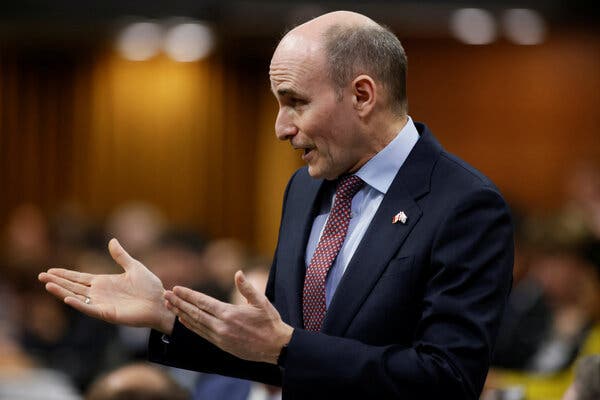The bloated cost of the ArriveCAN app and new investigations into possible fraud have highlighted some problems with turning to outside companies.
Relative to the 496 billion Canadian dollars the federal government spent last year, the amounts are small. But this week’s revelations surrounding millions of dollars in potentially fraudulent billings by subcontractors, along with the continuing ArriveCAN app scandal, show what a big mess developing software can be for the government.
Even after an extensive investigation, Karen Hogan, the auditor general, said she could not determine exactly what it had cost to create ArriveCAN, which was rushed out in 2020 to collect contact and health information from international travelers during the Covid-19 pandemic and to coordinate quarantine measures. Ms. Hogan’s best guess is about 60 million dollars for an app that was widely derided as difficult to use. Its original budget was 2.3 million dollars.
This week, as federal officials announced measures to tighten oversight of government procurement, particularly for software services, they said that the government had asked the Royal Canadian Mounted Police to investigate 5 million dollars in invoices from three software contractors as potential frauds. The officials did not name the companies but said the suspicious billings were not related to ArriveCAN.
Citing the criminal investigation, Jean-Yves Duclos, the minister of public services and procurement, declined to offer details about the potential frauds. But he suggested that the contractors had taken advantage of the fact that government contracts were mostly in paper form to bill several government departments for the same work.
“When everything was done on paper until recently, it was difficult for departments to coordinate and to share that information,” he said at a news conference. Mr. Duclos noted that 98 percent of contracts are now in electronic form, allowing officials to easily search for attempts at fraudulent duplicate billing.
